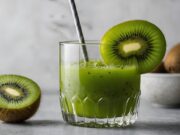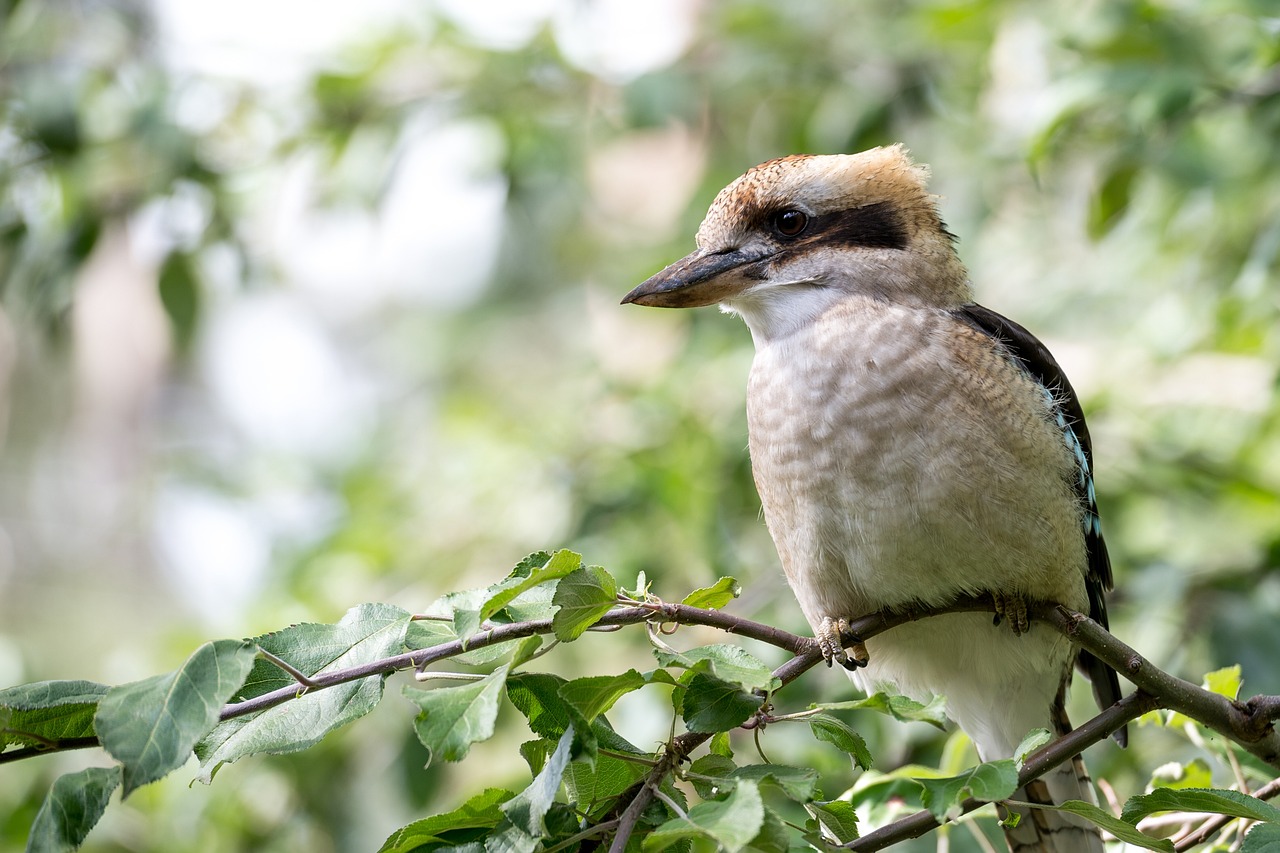- The kookaburra is a unique bird species native to Australia.
- It is known for its distinctive loud laughing call, which sounds like human laughter.
- Kookaburras are part of the kingfisher family and are the largest members of this family in Australia.
- They have a stocky build, with a large head and a long, sturdy beak.
- Kookaburras are known for their carnivorous diet, primarily feeding on small mammals, reptiles, insects, and even other birds.
- They are skilled hunters and can catch their prey by swooping down from a branch or perch.
- Kookaburras are territorial birds and live in family groups, with a dominant breeding pair and their offspring.
- They are monogamous and often mate for life.
- Kookaburras are highly adaptable and can be found in a variety of habitats, including forests, woodlands, and urban areas.
- They have a distinctive “kook kook kook” call, which is often heard before the iconic laughing call.
- Kookaburras have a unique social structure, with older offspring from previous years helping to raise the young of the current breeding pair.
- They have a strong beak and use it to break open the tough exoskeletons of their prey.
- Kookaburras are known to steal food from other birds, including snakes, lizards, and even the occasional sausage from a barbecue.
- They have a specialized gland located near their tail that produces a sticky substance, which they use to line their nesting cavities.
- Kookaburras are diurnal, meaning they are active during the day and rest at night.
- They have a lifespan of up to 20 years in the wild.
- Kookaburras are culturally significant to Indigenous Australian communities and are often featured in folklore and art.
- They have a strong sense of territoriality and defend their territory through vocalizations and displays.
- Kookaburras have zygodactyl feet, meaning they have two toes facing forward and two toes facing backward, which helps them perch securely.
- They have a distinctive appearance, with a brownish upper body, a white underside, and dark patches around the eyes.
- Kookaburras are known to form close bonds within their family groups, engaging in mutual grooming and social interactions.
- They are excellent flyers and can glide for long distances with their wings outstretched.
- Kookaburras have a keen sense of sight, which helps them spot prey from a distance.
- They have a low tolerance for cold temperatures and prefer warmer climates.
- Kookaburras have been introduced to other parts of the world, including New Zealand and parts of Western Europe, where they have established feral populations.
- They are cavity nesters and often utilize tree hollows or other cavities for breeding and shelter.
- Kookaburras are not migratory birds and typically stay in their established territories throughout the year.
- They are highly vocal birds, with a wide range of calls and vocalizations used for communication and territorial defense.
- Kookaburras have been featured on Australian currency, including the Australian 20-cent coin.
- They are known to be curious birds and may approach humans if they feel comfortable and unthreatened.
- Kookaburras are important for ecosystem balance, as they help control populations of small mammals and insects.
- They have a strong beak that can exert a significant amount of force, allowing them to break open hard shells or crush bones.
- Kookaburras have been known to exhibit playful behaviors, engaging in games of catch with objects or each other.
- They are highly adaptable to human presence and can be found in suburban areas, parks, and gardens.
- Kookaburras have a unique breeding behavior where the dominant female lays eggs in the same nesting cavity as other females, forming a cooperative breeding system.
- They have a reputation for being “laughing birds” due to their loud and distinctive vocalizations.
- Kookaburras have been observed engaging in anting behavior, where they rub ants on their feathers to spread formic acid, which may help repel parasites.
- They have a relatively low population density, as they require large territories to support their hunting and nesting needs.
- Kookaburras play an important role in Australian culture and are often depicted in literature, music, and art.
- They have been successfully bred in captivity and can be found in zoos and wildlife parks around the world.
- Kookaburras are known to engage in communal roosting, where multiple individuals gather together to rest and sleep.
- They are known for their fearless nature and have been known to steal food from picnic tables or even snatch sausages from barbecues.
- Kookaburras have excellent hearing, which helps them locate prey hidden in vegetation or underground.
- They have been observed engaging in vocal duets, with pairs or family groups coordinating their calls for territorial defense or communication.
- Kookaburras are cavity-nesting birds, but they do not excavate their own nesting cavities and rely on existing hollows in trees or termite mounds.
- They have a strong bond with their offspring, and the parents continue to care for and protect their young even after they leave the nest.
- Kookaburras are relatively sedentary birds, usually staying within a specific territory throughout their lives.
- They have been known to mob and drive away larger predatory birds, such as owls or hawks, from their territory.
- Kookaburras are considered an iconic symbol of Australian wildlife and are often featured in tourism promotions and advertisements.
- They have captivated the interest and imagination of people around the world with their distinctive appearance, vocalizations, and playful nature.
Facebook Comments

































